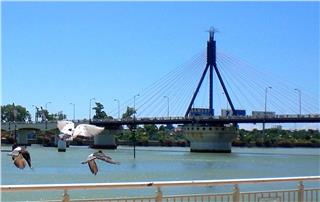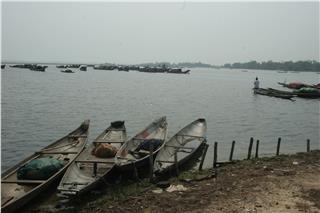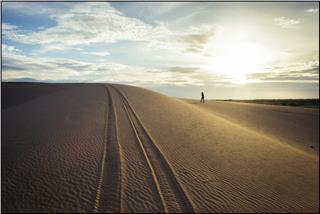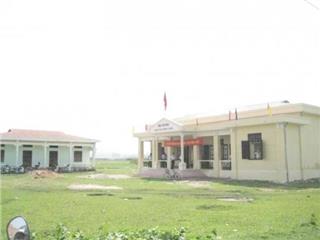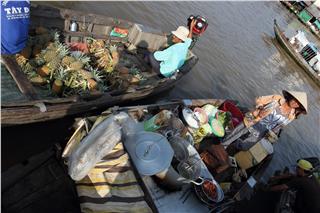The salty life in Bach Long commune
Fri, 12 Sep 2014 . Last updated Thu, 25 Jun 2015 08:49
-
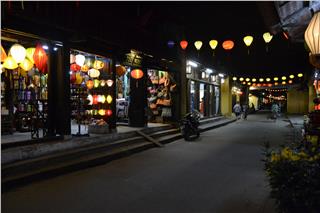 Hoi An travel to New Moon Festival 7231 viewed
Hoi An travel to New Moon Festival 7231 viewed -
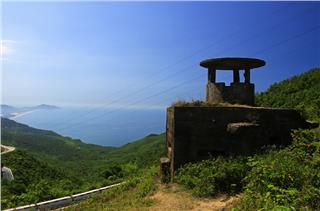 Vietnam War bunker near Da Nang 6705 viewed
Vietnam War bunker near Da Nang 6705 viewed -
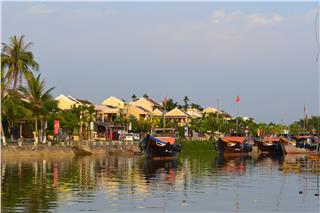 Ancientness of Hoi An ancient town 6618 viewed
Ancientness of Hoi An ancient town 6618 viewed -
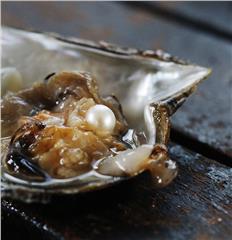 Discovering pearl in Phu Quoc Island 6123 viewed
Discovering pearl in Phu Quoc Island 6123 viewed -
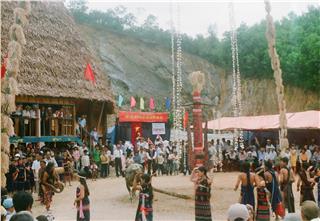 Discovering the Co Tu village in Quang Nam 5980 viewed
Discovering the Co Tu village in Quang Nam 5980 viewed -
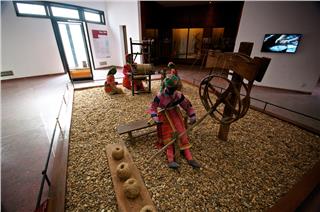 Cultural identity of ethnic groups in Vietnam Museum of Ethnology 5941 viewed
Cultural identity of ethnic groups in Vietnam Museum of Ethnology 5941 viewed -
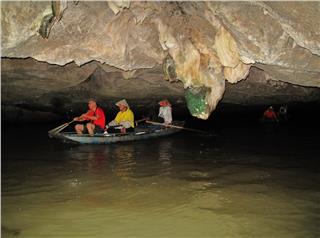 Visit Trang An complex in Ninh Binh 5844 viewed
Visit Trang An complex in Ninh Binh 5844 viewed -
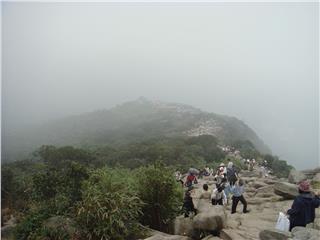 Yen Tu Pagoda and records of Vietnam 5813 viewed
Yen Tu Pagoda and records of Vietnam 5813 viewed -
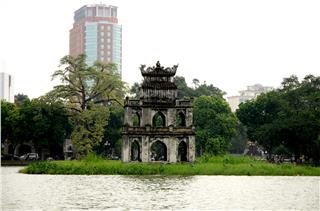 Hanoi Vietnam to Hoan Kiem Lake 5684 viewed
Hanoi Vietnam to Hoan Kiem Lake 5684 viewed
Vietnam is absolutely amazing country where you can see many wonderful opportunities in the life. One of the chances is that you can come to Bach Long commune in Nam Dinh to experience the production of salt.
Bach Long commune in the northern province, Nam Dinh was founded in 1966. The commune has no rice fields like other Vietnamese villages. Instead, the coastal community here has developed a technique for producing salt from the seawater. Local kids grow up on the salt fields along with their parents. Even the flying kites carry their dream of having good harvests of salt. In Bach Long commune, salt farms are symbol of life.
Local people have to go to the field so early, because salt makers often start working at dawn to avoid the heat. Salt terraces in Bach Long commune do not go along the seashore, but a far in land next to the village. Sea water flows into the field through the man-made dikes. Sand is used to accelerate the formation of crystals and saltwater filtration. They shovel sand to this vehicle and carry to the plains. Bach Long commune has a total area of 230 hectares specializing in producing salt. The salt makers spread a thin and even layer of sand on the ground. If you have spread too much sand on the ground, the thick layer of sand will reduce the effectiveness of capillary action. We will not have enough crystals in the afternoon. In this method, sea water will flow into the small channels and spread around the top layer sand by capillary action. The sun and wind will evaporate the water. After sand is dried, it will be filtered and put into a tank to concentrate salt. Highly concentrated salt water is stored in the containment according to cement blocks to become crystallize salt in afternoon.
The strong salt water is dried for the salt in the afternoon. The northern climate which is characterized by high humidity and limited sunshine is ideally suited to collect salt. This way is different from the other regions in Vietnam. In the South, the sun is a lot hotter, so they will take this water to dry, and wait for vaporizing water and then harvest salt. Unfortunately in the north, this process becomes very repetitive. But the quality of salt in Bach Long is quite good for food seasoning, whereas in the South, the salt has the high salinity, so it is used in the processing fish sauce and other industries.
In Bach Long commune, there are about 2143 households carrying the trade. More than 4000 labors are working as salt makers. Most of salt makers are women. They do everything to turn seawater into salt. Salt makers often bring food to the field because they start working early. The popular food is “com nam muoi vung” or rice ball with salty sesame seeds. The rice is prepared in the morning or the night before, the salt makers can eat after the morning work.
In the seashore, you can see those who walk on stilts to catch fish. This is a side job in Bach Long Village. Local people often do this job at night and after the morning work on the salt fields. This job brings them extra money. They can catch about 200 kilos of shrimps per day, depending on the weather. The stilt-legs are 1.5 meters high and the longest of 3 to 4 meters high. To walk on a pair of wooden leg, you have to experience.
1.00 to 2.00p.m is the time for work in the afternoon. Under the blazing sun, salt makers in Bach Long commune start to collect dried sand. At this time, salty crystals have formed among the grains of sand. The salt was separated from the sand by seawater. To have the high salinity, people often filter from seawater 2 to 3 times. They dry salty water in several hours and collect the salt in natural way. They collect the salt and bring it to the hut to store. They do it gently to prevent damaging the plot’s surface. During a day, they can yield about 1700 square meter salt cultivating area; it is about 25 kilos of salt in a sunny day.
After harvesting, the salt will be sold for Bach Long co-operation to further processing. Currently, the salt in Bach Long commune is sold in most of Northern provinces. The most painstaking step is salt collecting, it was hot and the work is hard. Despite of the hardship, people in Bach Long commune still love their fields. It is a way to preserve the traditional techniques. Their parents have been making salt since they come to set up the Bach Long commune dozens of years ago. The bigger the population is, the larger the salt fields grow. One typical feature of salt making method here is that every work is finished within a day whether the weather is sunny or rainy. Their production depends a lot on the weather. There is no more interesting then immersing into the cool water after a day of hard work.
Source: VTV4 – VTV.vn
- Tags:
- Bach Long commune
- Nam Dinh
- salt in Bach Long
- salt terraces in Bach Long
- Bach Long salt commune

